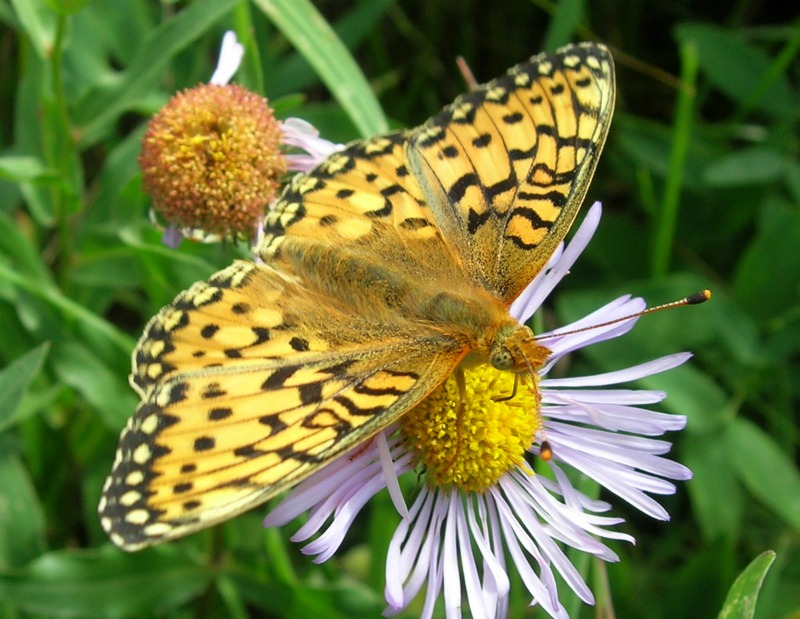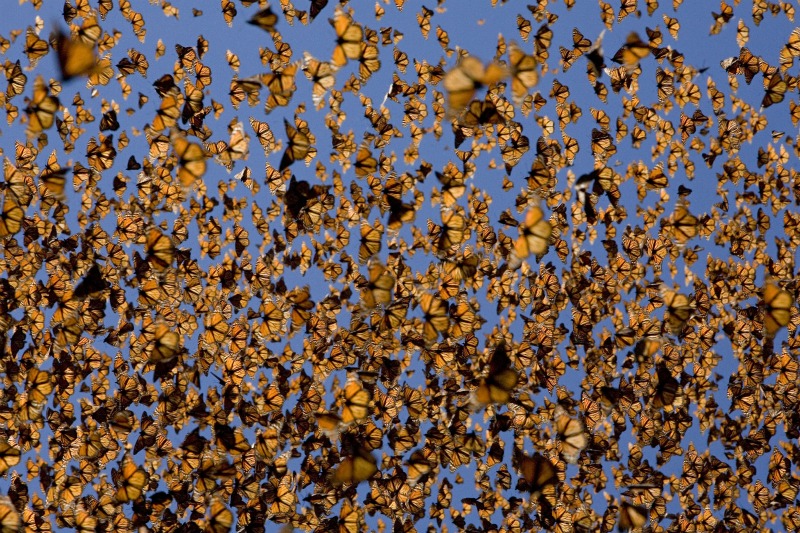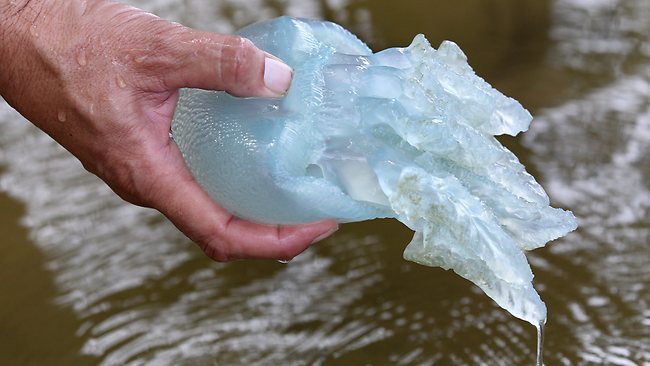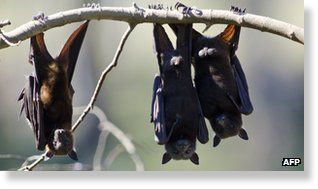
© Carol BoggsA Mormon Fritillary butterfly feeding on an aspen fleabane daisy, a main nectar source.
Butterflies in the Rocky Mountains are likely taking a hit from climate change, according to new research.
Lab experiments suggest that Mormon fritillaries, dainty butterflies with gold, orange and brown-flecked wings, are dying off in
Colorado's Rockies because earlier snowmelts are killing off the wild flowers they feed on.
Long-term data gathered by the Rocky Mountain Biological Laboratory reveal that snowmelts are occurring earlier in the year, and wildflower and butterfly populations are declining. Now, a group of scientists says they have found a connection among the observed trends.
Early, springlike weather may be pleasant for humans, but the
mild temperatures can have serious consequences for other organisms.
The balmy weather can trick plants into thinking spring has actually arrived, so they begin to bud - only to be killed off by subsequent freezing weather. And when the plants die off, butterflies don't have as much access to nectar, their required food source.
And when female butterflies don't eat as much nectar, they don't lay as many eggs, according to laboratory work.




Comment: Or, could the bee die-off be related to this: Study Says Insecticide Used with GM Corn Highly Toxic to Bees
For a more in depth look at What is killing the bees? read the following articles carried on SOTT.NET:
Wik-Bee Leaks: EPA Document Shows It Knowingly Allowed Pesticide That Kills Honey Bees
Beekeepers Suggest Pesticide is Destroying Insect Colonies
Bayer in the Dock Over Pesticide Linked to Colony Collapse Disorder
Germany Suspends Pesticide Approvals After Mass Death Of Bees
Have Bees Become Canaries In the Coal Mine? Why Massive Bee Dieoffs May Be a Warning About Our Own Health